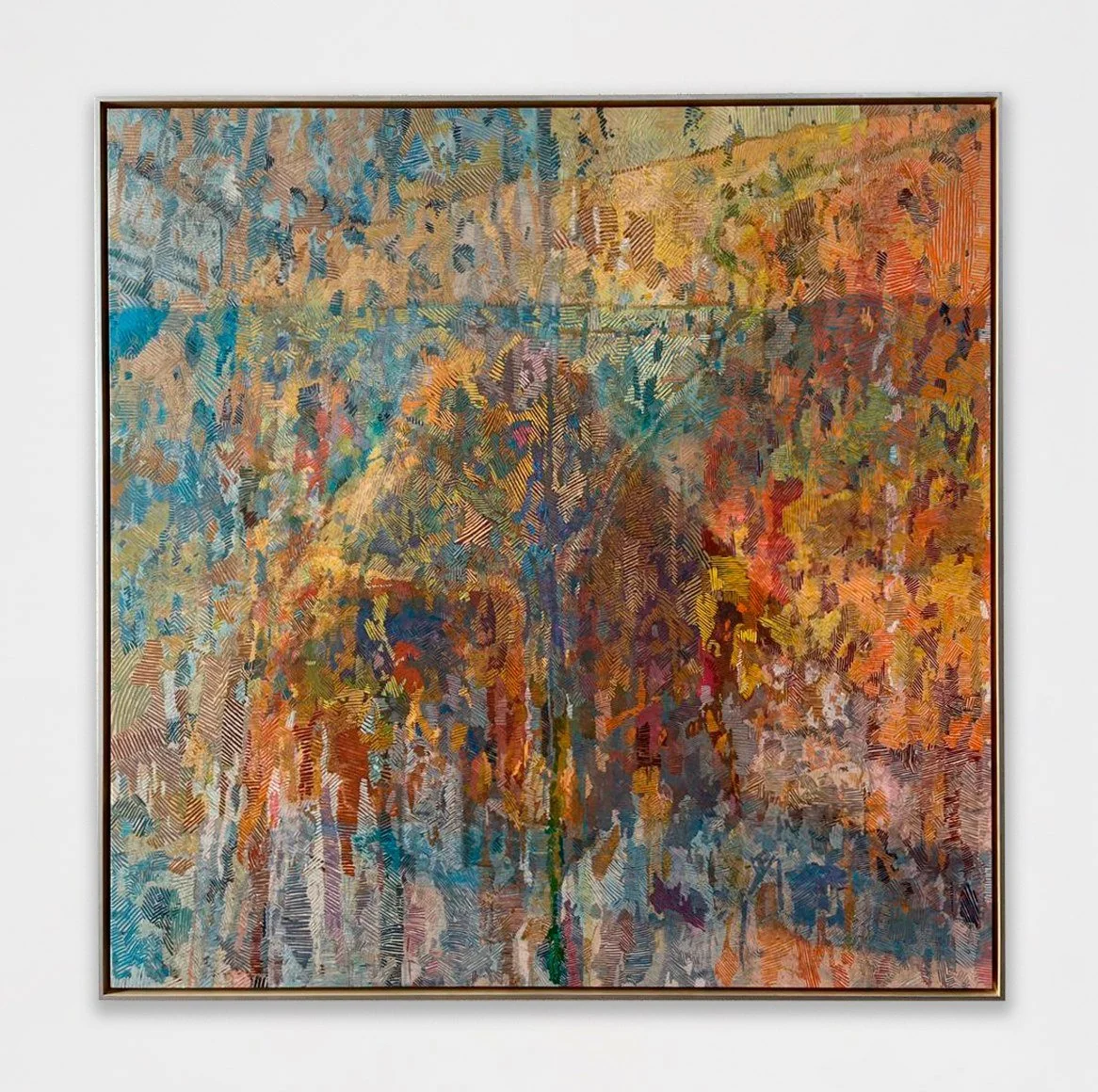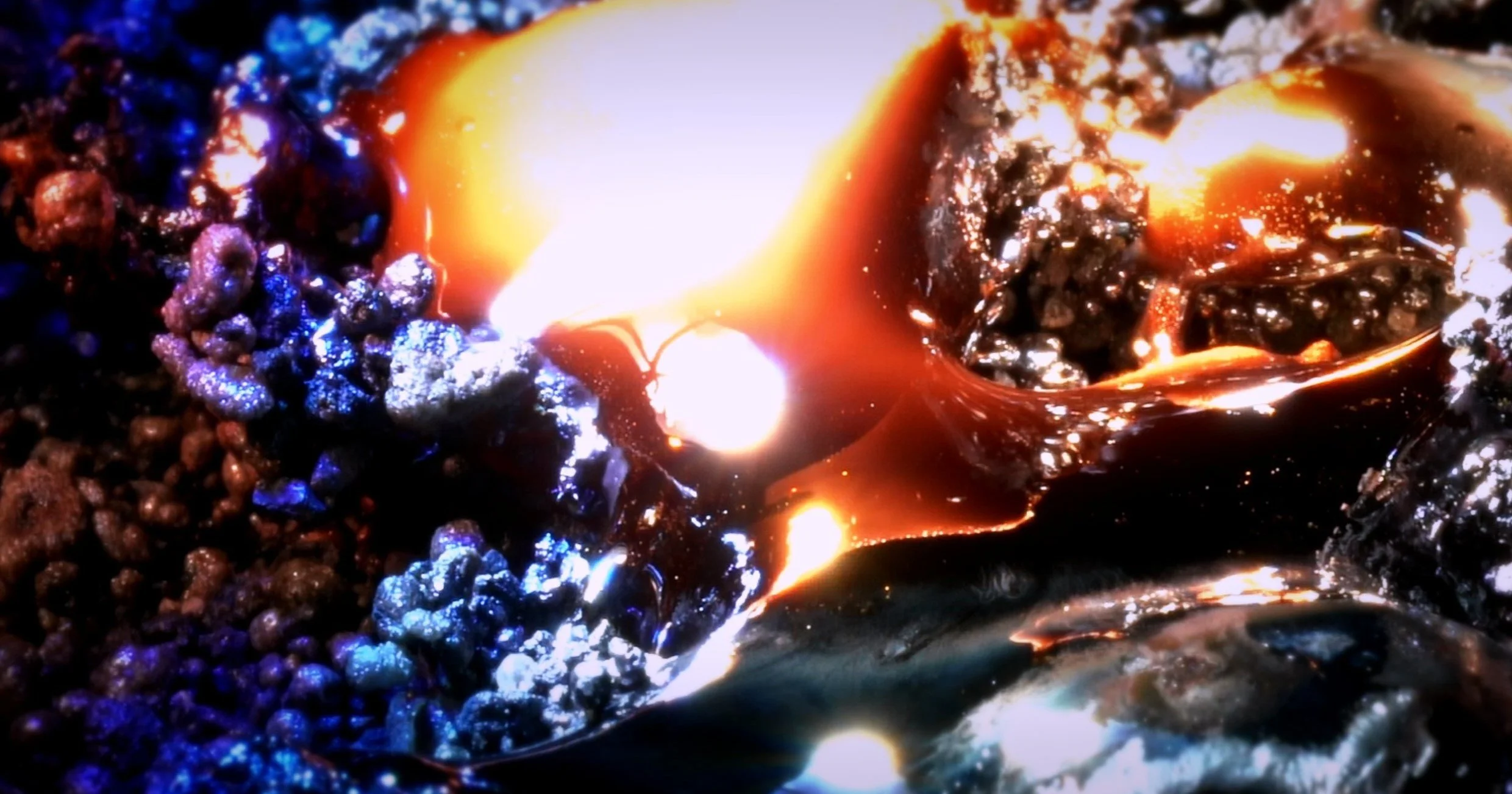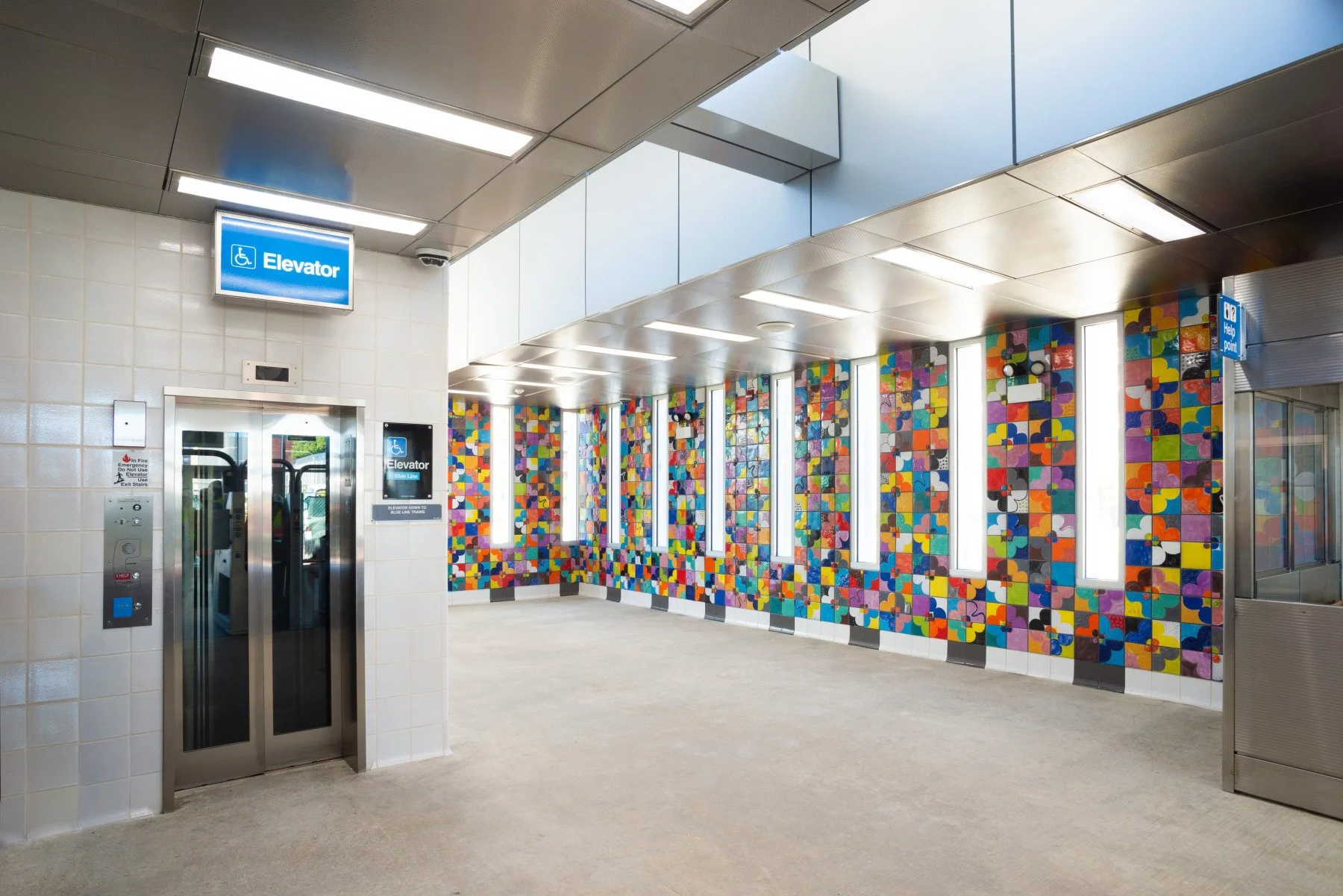Ana Prvački
November 15, 2025 – January 17, 2026 | The Box, Los Angeles
Ana Prvacki, Penis bonus pax in domus, 2017
Bronze, gold patina
8.8 x 5.5 x 3.1 inches
Ed. of 5
The Greek root φαλλός (phallos) is likely related to the Proto-Indo-European root bhel-, meaning “to blow up” or “swell,” which connects it to concepts of inflation or enlargement. This same root appears in other words related to swelling or fullness, such as balloon, bellows, or belly.
A fascinum was an ancient Roman style of an amulet of a phallus, designed to draw away the evil eye from the user towards the amulet (because it was an object of desire). The English word "fascinate" ultimately derives from Latin fascinum and the related verb fascinare, "to use the power of the fascinus", that is, "to practice magic" and hence "to enchant, bewitch, or bind together”.
In ancient Rome, the fasces were a ceremonial symbol of authority carried before magistrates. They consisted of birch or elm rods bound together with a leather strap, often with an axe head protruding from the bundle. The fasces represented the magistrate’s power to punish (the rods for beating) and execute (the axe for beheading).
Benito Mussolini adopted this terminology when he founded the “Fasci di Combattimento” (Combat Squads) in 1919. The name deliberately evoked both the ancient Roman symbol of state power and the more recent tradition of Italian political organizing.
Now, I would like to draw your attention—at length—to the history of Ancient Roman militarism and fucking, or the suppression of non-procreative sex, if you please:
The endless demands of Roman militarism created an inexorable pressure for population growth that fundamentally transformed sexual culture and law. What began as pragmatic concerns about maintaining adequate military recruitment gradually evolved into a comprehensive system of legal and social controls that systematically suppressed non-procreative sexual behaviors. This transformation reached its culmination not with the end of paganism, but with Christianity’s adoption and intensification of these existing regulatory frameworks.





















